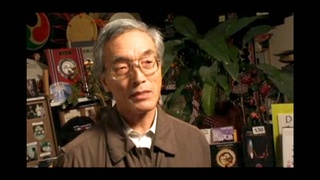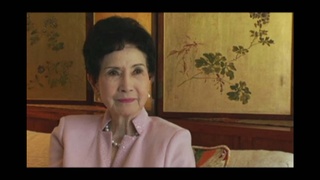Interviews
Eisa: Modernity and Tradition (Spanish)
(Spanish) This has to do much with the origins of the group. What happened? The traditional eisa dance has not been lost in Japan, in Okinawa. Why? Each region of Okinawa, each locality within Okinawa has its own way of performing eisa. Therefore, we can say that these different styles pertain to some region. The eisa dance that [we perform], that generates Matsuri Daiko, pertains to everyone and no one at the same time. Why? Because it doesn’t come from a specific region, it comes from all parts of Okinawa and [it] always attracts, or tries to attract more supporters. Its primary motivation is to attract young people in order to make them identify with something attractive, while at the same time, as they are able to experience the culture [of Japanese dance], and become more interested in it, it is for this [reason] that the eisa is performed. It is for this [reason] that it [provides] an alternative to the traditional eisa. However, [it is] always within the dance [performance that] we try to preserve the traditional [forms], logically with some elements already choreographed, or of [preserving the] music, but that at the end the essence is always to transmit culture.
Date: September 14, 2007
Location: Lima, Peru
Interviewer: Harumi Nako
Contributed by: Asociación Peruano Japonesa (APJ)












